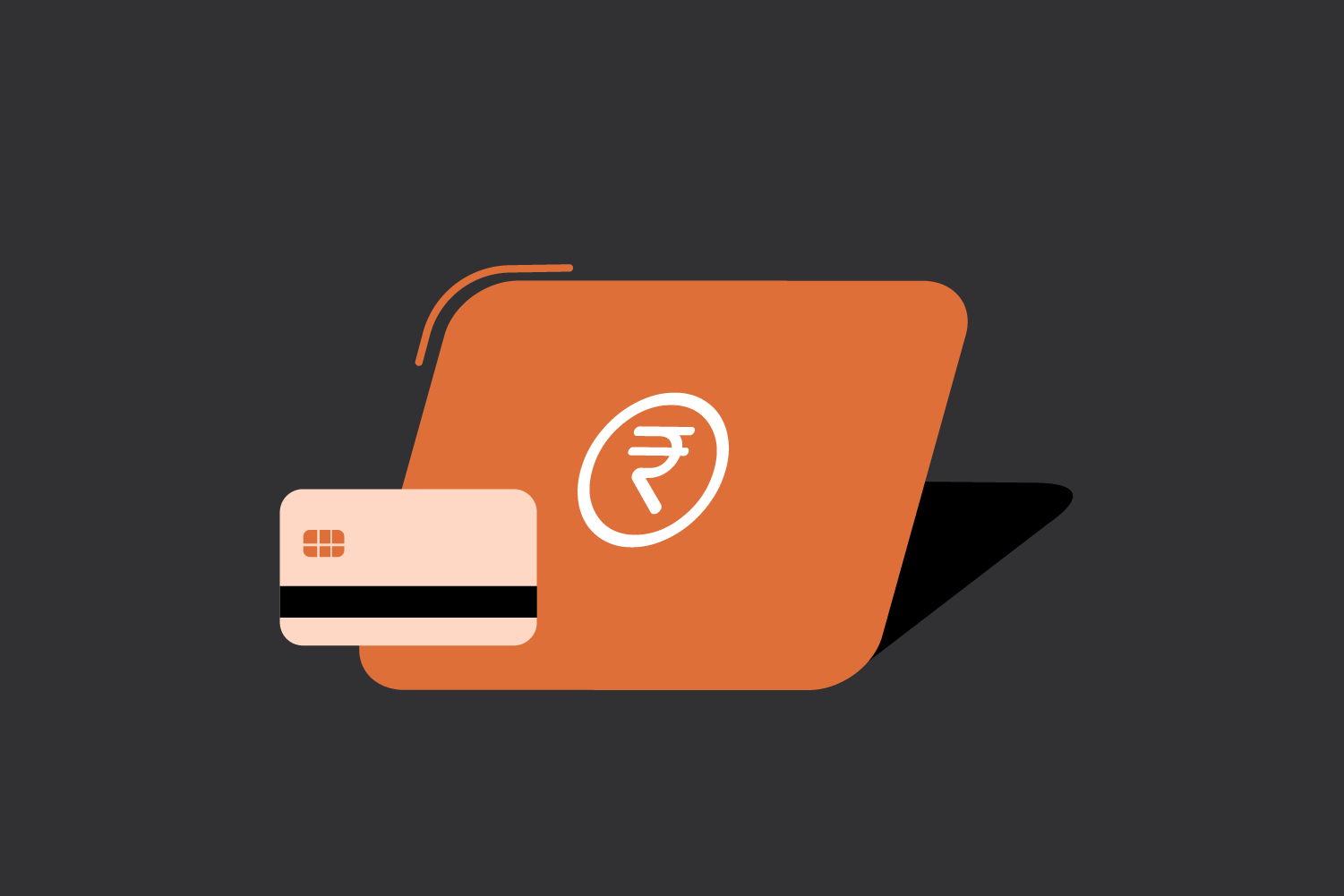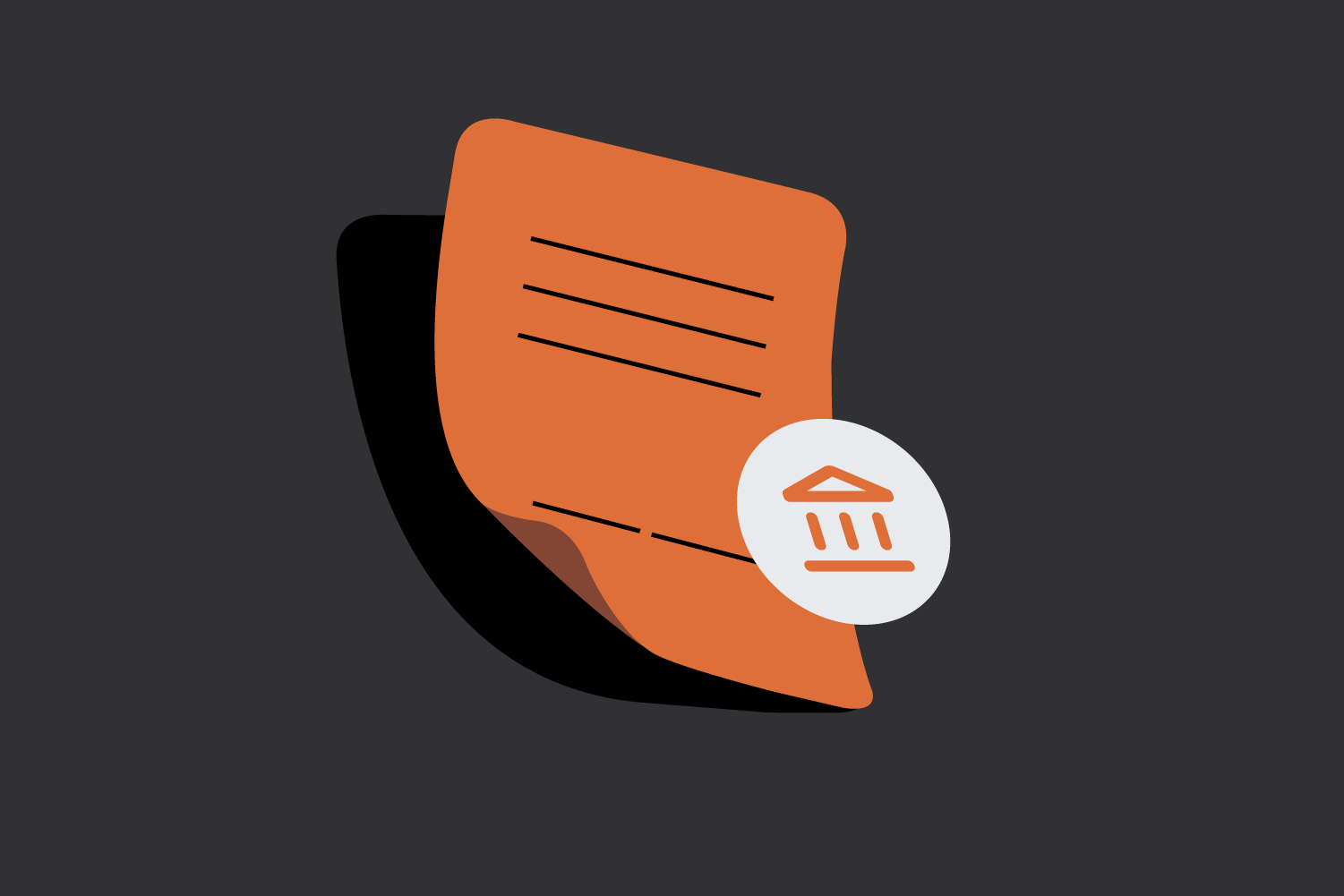When it comes to implementing payment solutions, seamless integration and flawless execution are essential. An effective payment gateway ensures smooth customer experiences, minimizes cart abandonment, and builds trust. However, with the complexities involved in handling transactions, rigorous testing becomes crucial before going live. This is where sandbox environments for testing payment integration splay a pivotal role.
What is a Sandbox Environment?
A sandbox environment is a safe, isolated testing space that allows businesses and developers to experiment with new software or code without impacting the live production environment. It simulates real-world payment processing scenarios, enabling users to validate the integration, test transaction flows, and troubleshoot potential issues—all without risking real customer data or funds.
Why is a Sandbox Environment Essential for Payment Integrations?
Ensures Integration Compatibility
Payment integrations involve a mix of backend processes, APIs, and user interfaces. Incompatibilities can arise due to coding errors, version mismatches, or data format issues. A sandbox environment helps developers ensure that the payment gateway aligns perfectly with existing infrastructure and systems before the integration goes live.
Example: A company integrating a payment gateway with its e-commerce platform can simulate transactions involving various payment methods like credit cards, UPI, and wallets. By identifying and fixing any discrepancies in a sandbox, they avoid potential customer issues later on.
Enhances Security
Security is a top concern when handling sensitive payment information. Integrating a payment gateway without proper testing can expose vulnerabilities that lead to data breaches or unauthorized access. A sandbox environment allows security teams to run tests to identify potential threats and ensure the integration meets compliance standards without jeopardizing user data.
Refines User Experience
The success of any online business heavily depends on providing a seamless checkout experience. Long, complex, or glitchy payment processes can lead to cart abandonment. With a sandbox environment, businesses can test and refine the user journey, ensuring each step—from selecting a payment method to completing a transaction—is smooth and intuitive.
Supports Load Testing and Performance Evaluation
A payment integration must be resilient enough to handle peak loads, such as during holiday sales or special promotions. Testing in a sandbox environment allows businesses to simulate high transaction volumes and analyze how the system performs under stress. Load testing helps identify potential bottlenecks and informs developers of necessary optimizations.
Key Features of a Good Sandbox Environment
- Realistic Data Simulation: A good sandbox environment allows developers to test with dummy data that mimics actual user behavior and transaction flows. This helps ensure that systems behave as expected when subjected to real-world conditions, enabling developers to catch and fix potential issues early.
- Comprehensive API Support: It provides support to ensure that all aspects of integration, including authentication, transaction management, and notifications, are fully tested. This comprehensive approach allows for a thorough review of every function, reducing the likelihood of post-deployment problems.
- User Roles and Permissions: A robust sandbox allows the simulation of user interactions across different access levels to assess how they impact payment processes. This feature helps verify that permission settings are correct and that users of various roles can navigate the system without issues.
- Error and Fraud Testing: A sandbox environment helps test responses to erroneous data inputs and simulated fraud attempts to fine-tune error handling and security protocols. This capability ensures the payment solution can withstand unexpected situations and defend against potential threats, thereby improving system reliability and security.
Best Practices for Utilizing Sandbox Environments
- Test Various Scenarios: Go beyond simple payment flows. Test edge cases like failed transactions, refunds, and retries.
- Review API Logs: Check API call logs for inconsistencies or errors during integration tests.
- Collaborate with QA Teams: Work closely with quality assurance teams to validate all aspects of the payment process.
- Repeat Tests Post-Update: Whenever there’s an update to the payment gateway or related systems, re-run sandbox tests to ensure continued compatibility and performance.
Why Choose a Payment Gateway with Sandbox Support?
Not all payment gateways offer robust sandbox environments. Choosing one that does signals that the provider values thorough testing and a seamless user experience. It empowers developers and businesses to make confident decisions, ensuring that when they go live, they do so with a fully validated, secure, and efficient payment system.
Experience the Power of a Sandbox with Zwitch Payment Gateway
Zwitch’s payment gateway offers a comprehensive sandbox environment that enables businesses to test and refine their payment integrations. With our sandbox, you can:
- Try and experiment with multiple payment scenarios.
- Conduct thorough tests to evaluate system performance and user experience.
- Verify performance without risking real data.
Getting started is simple: create an account, explore our sandbox for testing, and once satisfied, complete the KYC process to move to live operations.
Ensure your payment integration is as flawless as your business deserves!
In conclusion, leveraging a sandbox environment for testing payment integrations isn’t just a step in the development process; it’s a safeguard for your business’s reputation and user experience. Choose solutions that provide reliable sandbox support to stay ahead in the competitive digital landscape.
Interested in our APIs? Let’s talk!
Tell us your automation goals, and we’ll set you up with a free, personalized demo from our API expert.
Click HereFAQs
Why should I use a sandbox environment before launching a payment gateway?
Using a sandbox environment helps ensure that your payment integration functions as expected, free from errors or security vulnerabilities. It allows for thorough testing of transaction flows, performance under high load, and user experience, minimizing the risk of post-launch issues.
Is using a sandbox environment mandatory for all payment integrations?
While not always mandatory, it is highly recommended. Testing in a sandbox environment can save significant time and costs associated with fixing issues that appear after a live launch. It is particularly crucial for businesses that handle large transaction volumes or sensitive customer data.
Does Zwitch provide a sandbox environment for testing payment integrations?
Yes, Zwitch offers a comprehensive sandbox environment that enables businesses to test and refine their payment integrations. Users can try out various payment scenarios, conduct performance tests, and verify system security before going live. Once satisfied with the sandbox testing, completing the KYC process allows businesses to transition seamlessly to the live environment.



0 Comments